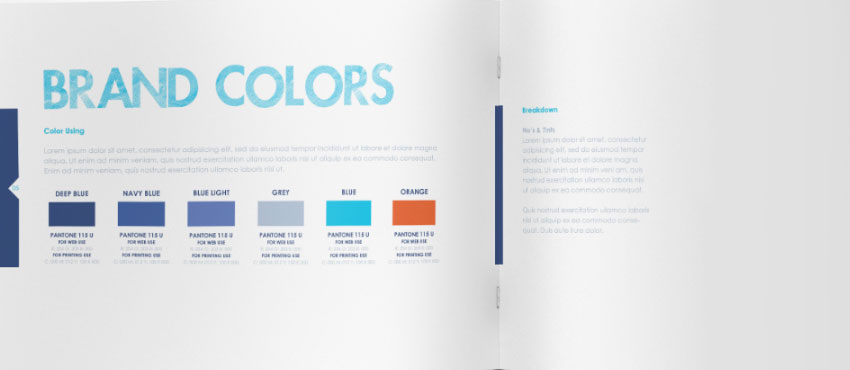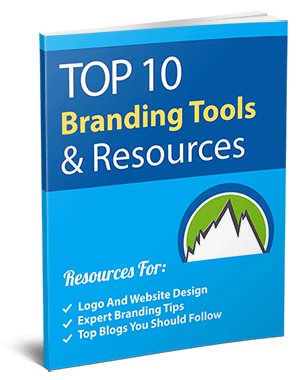While field service is as old as the business world itself, there’s been a massive expansion of the field service management industry lately. At this rate, it is expected that the field service management market might reach $5.1 billion by the year 2025.
The reasons behind this sudden boom are quite numerous. A good field service allows businesses to meet and exceed the expectations of their customers, reduce operational costs, and become more competitive. With all of this in mind and without further ado, you should definitely be aware of several benefits of field service automation.
Higher Level of Professionalism
Response time and adequate feedback are key factors in determining your perceived level of professionalism. There are other things that come hand in hand with field service automation, like giving everyone the type of treatment they deserve by automating the process itself. You see, once this type of process gets automated, it becomes far more systemic. By being thorough in your field interventions, you will be deemed as both more professional and attentive.
Digitalization, alongside automation, also leads to the availability of information on any location. If all the data – including the customer ticket, can be accessed in real-time by the field team, they’ll be more informed, and their actions on the spot will be far more effective. This will be evident even to your clients. As an end result, your company’s representatives (in this case, your customer support and your field team) will seem more competent.
Resource Optimization
Highly accurate field services will inevitably lead to much greater resource optimization. With better response time and route optimization, the fuel economy of your field teams will get a noticeable boost. It’s not just about the number of resources spent but the utilization of available resources. This too is something that great field service automation can help you with.
Second, the fact that the diagnostics will be automatic, your team will carry all the necessary equipment for the task at hand. This means that there’s a reduced likelihood that a repeat trip will have to be made. In other words, operational costs involving work-related commutes are far lower. Most importantly, this reduces the time between the client reporting the problem and your field team resolving it, resulting in a massive reputation boost.
Superior Coordination
Your field teams are just a tiny cog in a much greater machine. In order for your field team to do their job, your management, supply acquisitions, production team, and customer support need to do their job as admirably as possible. In other words, a lot of things need to come together in order for field service automation to give the desired effects. With field service automation, this becomes a lot easier to achieve.
One of the reasons behind this is the fact that the majority of field service platforms are cloud-based. This means that your field teams and those coordinating them can access the data they need and edit tasks from their personal devices. This global access makes communication, cooperation, and coordination much organic and nips the majority of logistical issues in the bud.
Greater Customer Satisfaction
One of the first benefits of field service automation is that it provides a much quicker response. As a result, you get better customer satisfaction. Sure, your field team might not be available right away, but just by providing your customers with an accurate ETA of the team, you’ll already ensure a great start. Adding to this, field service automation usually implies better diagnostics, and the successful resolution of the problem becomes even more likely.
There are several reasons why customer satisfaction is so important. First of all, it’s essential for your word of mouth (WOM), including the reviews and ratings you receive online. Second, it builds up customer loyalty. After a single successful interaction, 27% of customers are bound to return. If they’ve had a positive previous experience, chances are that they’ll come back for more. Even more importantly, 20% of your regular customers make as much as 80% of your profit.
Record Keeping
In order to improve your field service, you need to have some data that you can start working with. For instance, you need to have an estimate of the average time it takes your team to get to the target destination, the average cost of the intervention, and some specific feedback about these operations. Remember that a single intervention might not be representative, but you can start drawing conclusions once you have enough data.
Another benefit of field service automation is that it makes storing client history easy and systemic. In fact, when using the right field service automation tool, you can rely on this data to be delivered on-demand. This means that the next time you have to “activate” your field team, they’ll have the previous client data available, which will make this intervention more effective. Moreover, it will help them boost customer satisfaction even further (by giving the client what appears to be preferential treatment).
Insight Into Field Teams
For a lot of entrepreneurs, the question of what field teams do when they leave your premises is no short of a mystery. After all, while you can monitor your staff members personally or by using a remote employee monitoring software (remote workers), it’s quite difficult to make an estimate of the work done by a field team. With the help of field service automation tools, even this is made possible and with much better KPIs.
The majority of these tools have GPS trackers pre-installed, which is necessary, seeing as how fleet management is one of the essential field management aspects. Other than this, the above-mentioned reporting and record-keeping system also do a great job at improving your evaluation efforts. The collection of on-field data with mobile devices carried by your field teams will further enhance your ability to develop a much deeper understanding of the work they do.
Everything On a Single Device
Finally, in order to get more control, you want to centralize your workplace. This can be quite hard when a part of your team is in the office, some are working remotely, and you also have a field team. The collaboration tool might be the right way to go, but field teams definitely need the support of their own. This is why, while you want to keep everything on a single cloud-based platform or collaboration tool, you also want to have service automation software.
Most importantly, you need to adopt a new mindset when it comes to field service automation. You see, when accessing all of these platforms from your mobile device, they are all just a click away. In other words, you don’t have to keep everything on a single platform. Having it all on a single device is good enough. This is especially true if you already use private IM tools to communicate with some of your team members.
In Conclusion
In the end, field service automation is crucial for both your branding and your operational ability. As such, finding a way to improve it and make it more efficient is bound to result in the improvement of your overall business efficiency. While there are a lot of specialized tools to help you out, it is also important that you put field service automation as a priority when restructuring your organization. This way, the results are bound to follow.
















